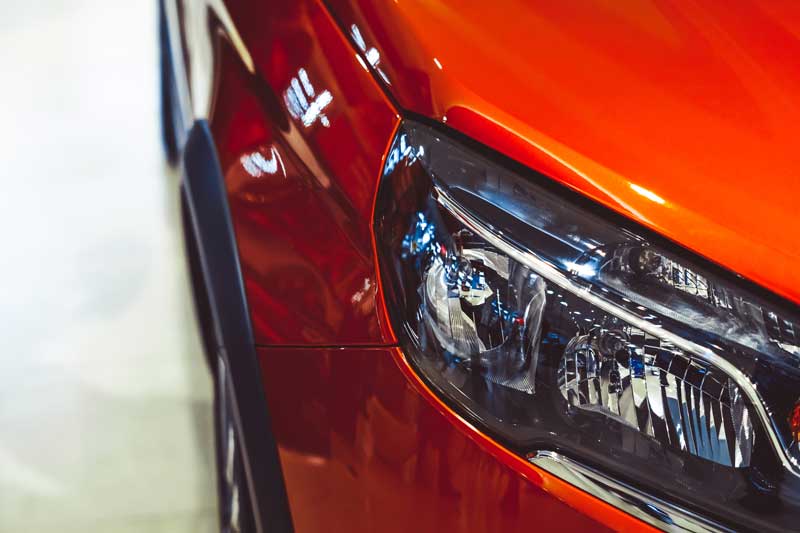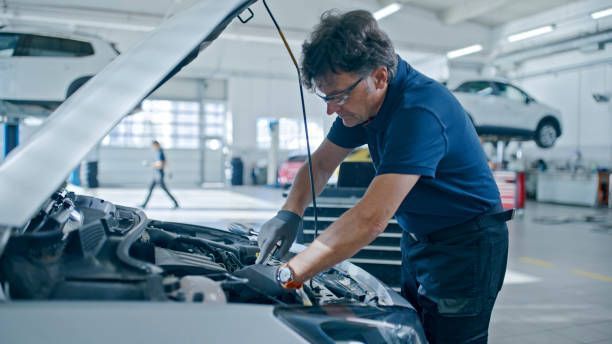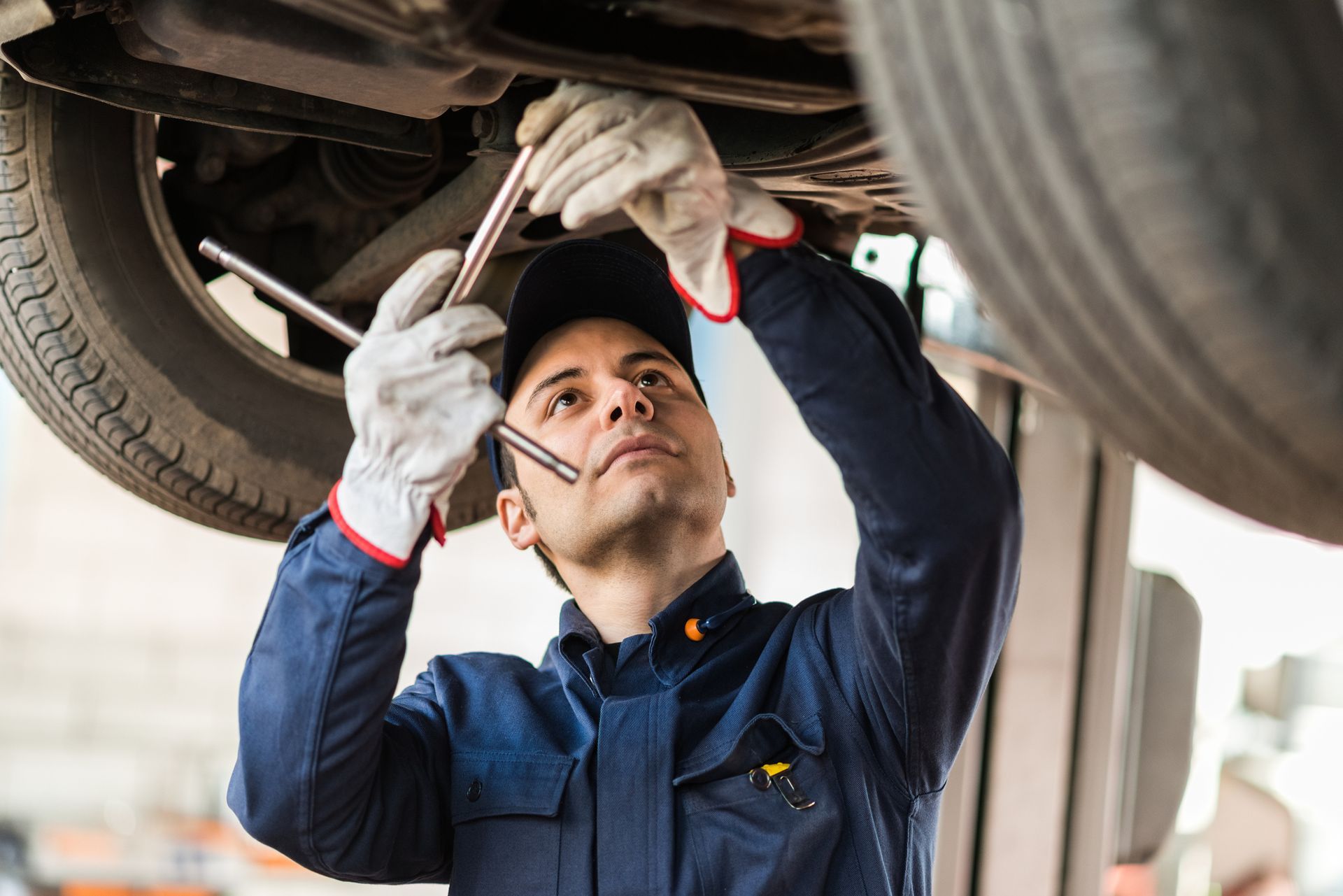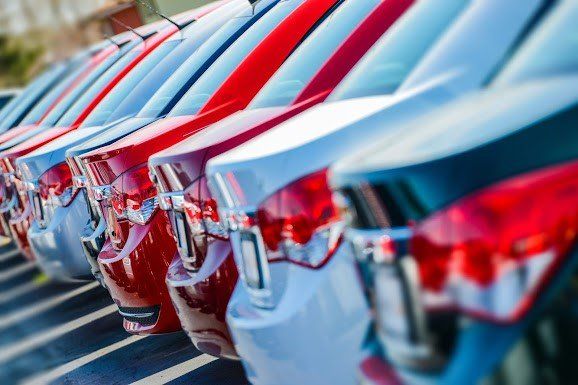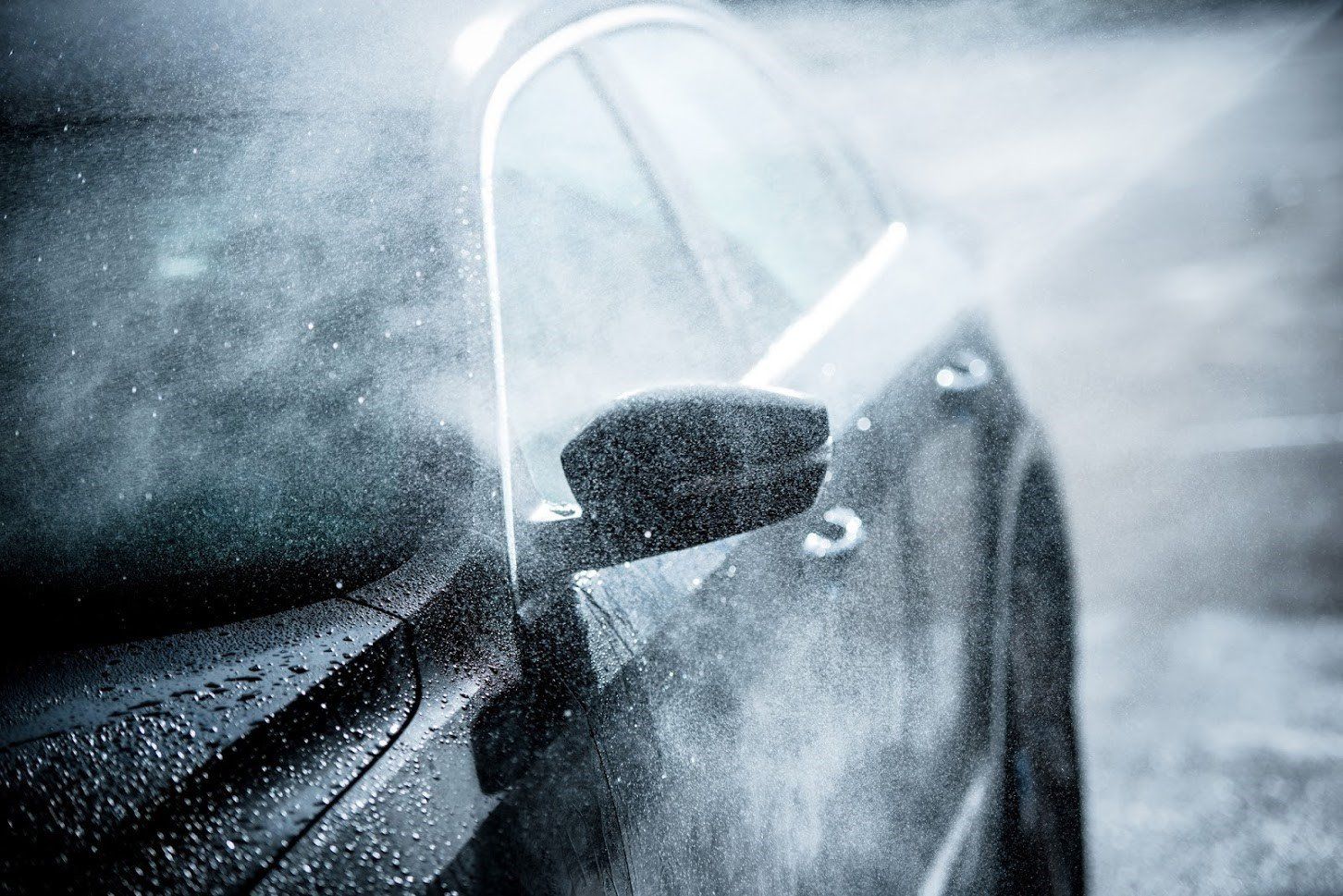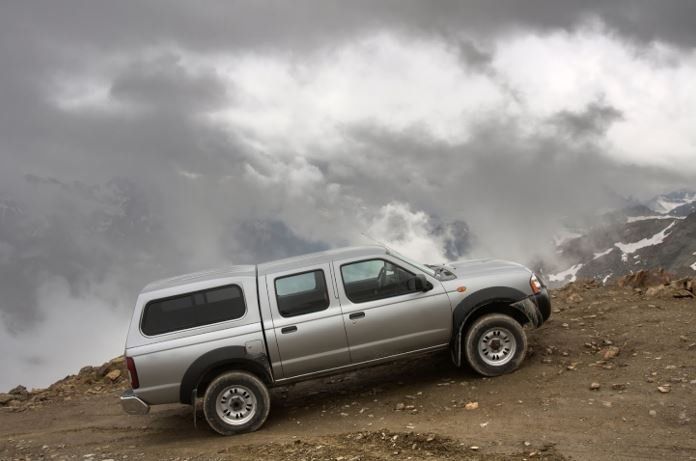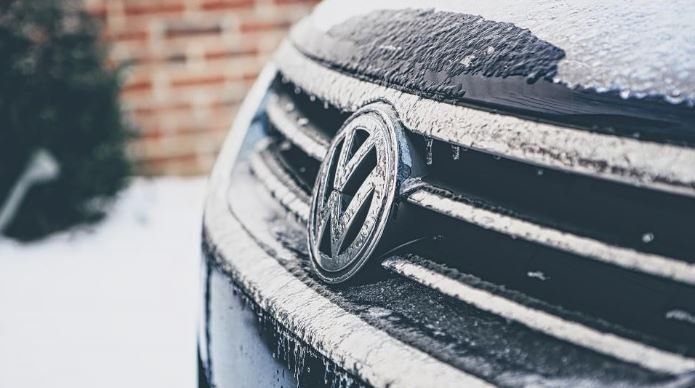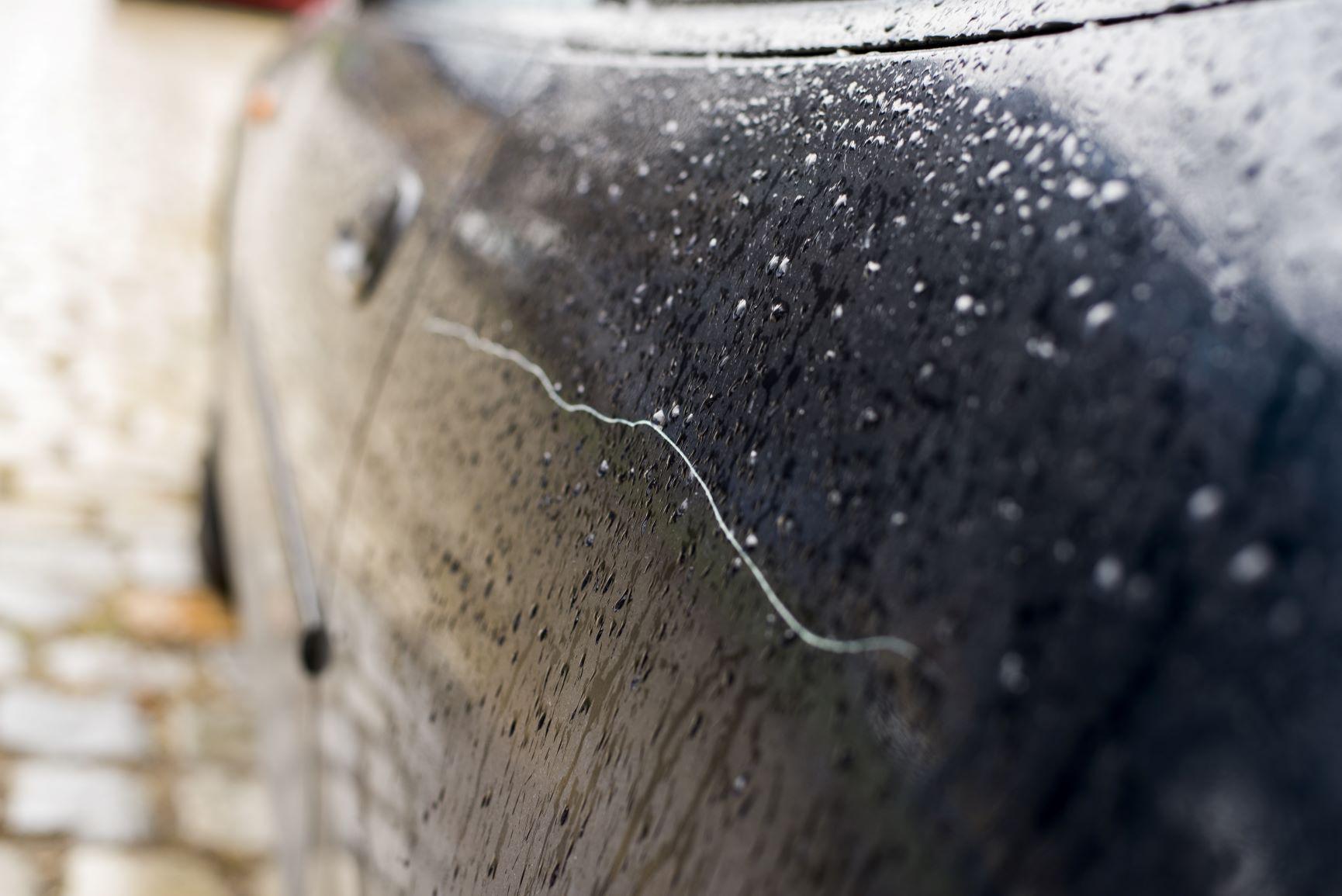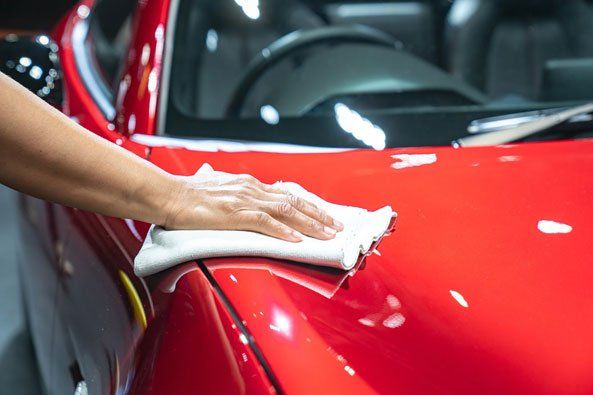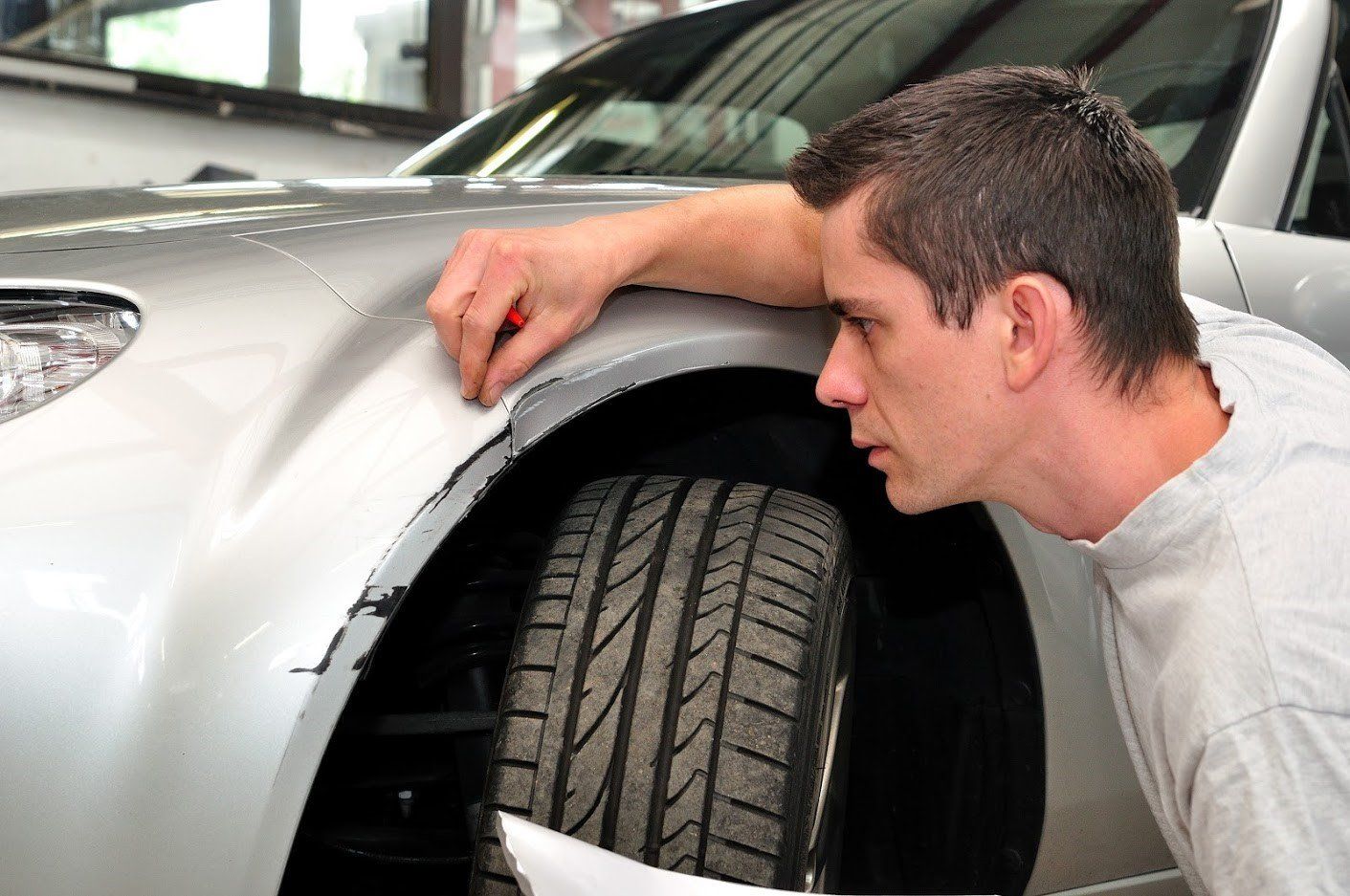Resolve Vehicle Paint Peeling or Flaking | Olson's Auto Body
• January 22, 2018
This is a subtitle for your new post
Vehicles aren’t an exception when it comes to showing signs of aging. Particularly when it comes to their paint, the older a vehicle is, the more at risk it is for flaking or peeling paint. A car in this condition isn't just unsightly, but it will also experience a sharp decline in its value. You need to figure out why your car’s paint is peeling or flaking so you can address the issue.
UNDERSTAND THE CAUSE
The age of a vehicle influences its overall propensity for paint chipping or peeling, but this is only one potential cause. An outside factor usually is at the root of the problem and is what actually causes the paint to peel or flake. This outside favor is likely something you overlooked.
Cleaning your vehicle with harsh chemical cleaners not intended for automobiles is one way to cause damage. The chemicals in these formulas serve as an abrasive that can cause paint to deteriorate. A vehicle exposed to weather extremes, such as harshly cold temperatures, for an extended period could also experience paint issues.
Finally, a high-powered pressure washer used to clean your vehicle could also lead to peeling and chipping, as pressure washers are far more powerful than the hoses used at car washes.
AVOID PAINT DAMAGE
Peeling paint is bad, but one glimmer of hope is the fact that peeling is often preventable. In addition to protecting your vehicle from weather extremes, only use car-approved cleaners and use pressure washers with caution.
You can also take other steps to prevent damage to your vehicle's paint. First, be mindful of where you park. For example, the spot next to the cart return might be convenient, but if a shopping cart hits your vehicle, you might get a dent or a chip from the car. This chip will damage the paint and increase the risk of flaking and peeling. The better you care for your vehicle, the less likely you are to experience damage.
LEARN ABOUT REPAIR OPTIONS
Flaking and peeling paint doesn't have to get the best of your vehicle. You do have repair options. If the area of damage is small, a repair technician may be able to do some light sanding to smooth the area and eliminate the damage.
The damaged area would then be touched up with a fresh coat of paint, but when the area of damage is much more extensive or covers the entire vehicle, you will likely need to have the whole car painted.
In this era of DIY, several tutorials are available on the Internet claiming to make repairing chipping and peeling easy. Remember, though, that when something looks too good to be true, it generally is. You will almost always get better results when you have the paint repaired by a professional who has the skill, correct tools, and experience.
ADDRESS CONCERNS EARLY
Don't ignore damaged paint on your vehicle. Even if the area of damage only covers a small portion of the car, remember that you are on somewhat of a time clock, as this type of damage accelerates with time. For instance, a small area of damage could turn into damaged paint all over the vehicle.
In the event the bare metal layer under the paint is also exposed, rust could also form, which will only increase the amount of time and money that must go into the repair. At the first sign of damage, take your vehicle to an auto body repair shop so you can preserve your car for as long as possible.
If you're tired of looking at your vehicle in this condition, Olson's Auto Body can restore your vehicle's paint
and get you back on the road looking like you have a new car.

